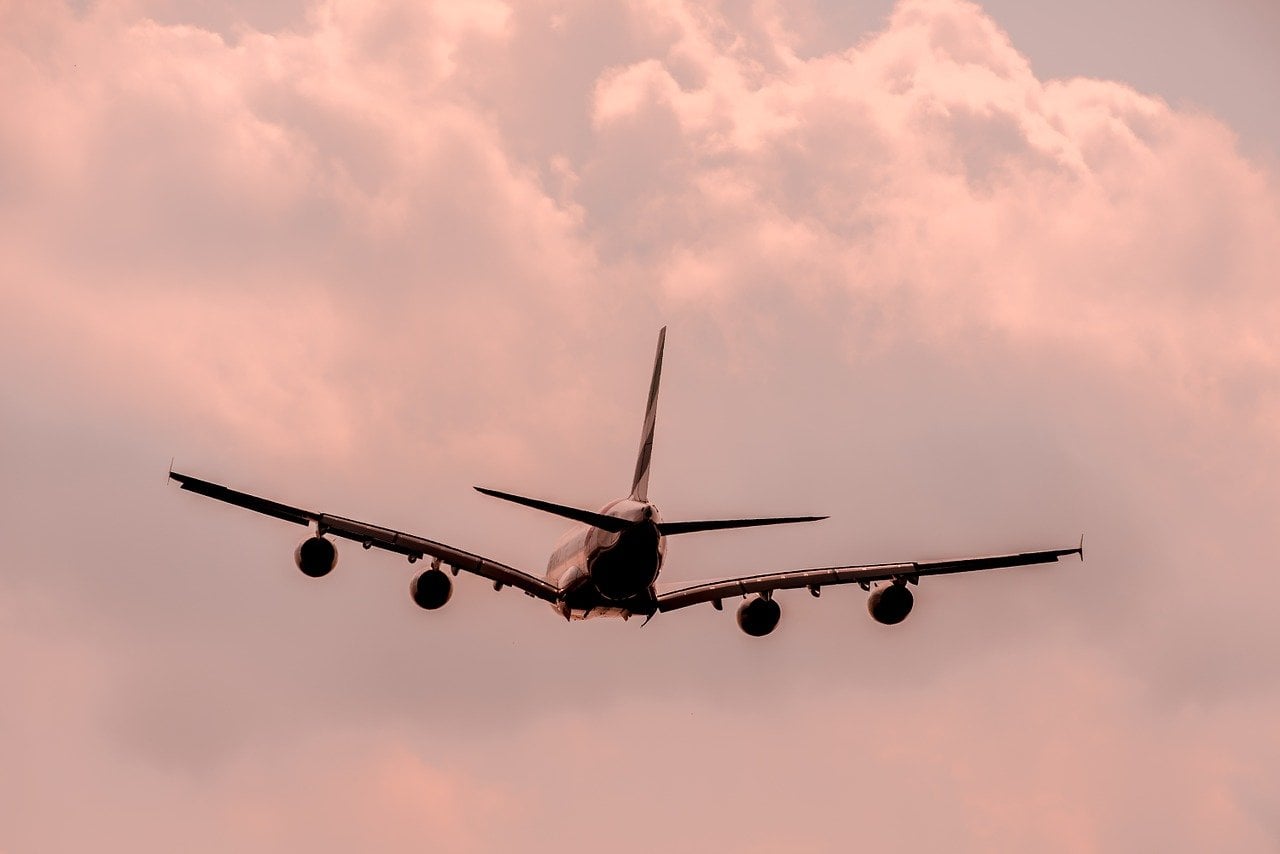A small plane missed its destination in Australia by almost 50 kilometers (29 miles) as its pilot slept in the cockpit. Thankfully, even though it was a commercial flight, the sleeping pilot was the only person onboard.
How it all happened
The aircraft in question is a Piper PA-31 operated by Vortex Air, and it was headed to King Island from the Tasmanian city of Devonport. It has two engines with a cruising speed of about 380 kilometers per hour and a range of about 1,900 km. It can carry five to seven people.
Vortex Air said in a statement that the pilot “unintentionally fell asleep while in command of the aircraft.” Further, the Melbourne-based airline said the issue surfaced after air traffic control was unable to contact the pilot. Then the “aircraft traveled past the intended destination point while operating on autopilot,” the airline explained.
According to the airline, it was the pilot’s first flight since returning to work after going on leave. Further, The Australian reported that the pilot reported for duty despite having had little or no sleep the previous night due to a personal crisis.
However. the pilot landed safely on King Island, the airline said, according to the Associated Press. Vortex Air is an Australian airline which has been operating for the last 25 years. It specializes in charter flights and flies both freight and passengers to Tasmania.
Vortex added that incidents like the one involving the sleeping pilot are extremely rare occurrences and that its “excellent safety track record” proves this. The company said the pilot had declared himself fit to fly and has flown the same route several times before. Further, the airline said it is helping the pilot “safely return to full duties.”
Sleeping pilot now under investigation
According to data from the flight tracker, the aircraft left Devonport at 6:21 a.m. but overshot King Island. The plane then returned after flying some distance across the sea and landed at King Island at 7:21 a.m. Following the incident, the plane continued to fly between its other scheduled destinations throughout the day.
According to the BBC, this sleeping pilot incident took place on Nov. 8 and is being investigated by the Australian Transport Safety Bureau (ATSB). Although the incident resulted in no damage, the agency is referring to it as “serious” and is investigating it as a case of “pilot incapacitation.” As of now, there is no information on how long the pilot slept while flying or how he woke up.
“During the cruise, the pilot fell asleep, resulting in the aircraft overflying King Island by 46 kilometres,” the ATSB said in a statement. The pilot has not been identified.
The agency said it would talk with the sleeping pilot, investigate the incident, and release a report next year. As evidence, air traffic control has recordings of radio calls made to the sleeping pilot.
Pilots affected by fatigue
A similar incident last year surprised passengers when a United pilot left the cockpit to take a nap in first class. The incident, which occurred in August 2017 on a flight from Newark to Glasgow, gained prominence after a passenger took a photo of the sleeping pilot. According to the passenger, the pilot changed his uniform in the lavatory and then took a nap on the vacant seats.
The photo sparked a controversy, but the airline defended the pilot, saying he was following safety regulations. Experts agree that it is not uncommon and is a safety precaution to ensure that crew members do not get overly tired. The Federal Aviation Administration mandates a specific number of hours of sleep for a pilot.
“The aircraft on this route was operated by a cockpit crew of three and this pilot was following the FAA-mandated crew rest requirements,” the airline said in a statement.
In a 2013 survey by the British Airline Pilots’ Association, more than half of pilots admitted to falling asleep while in control of aircraft. Further, 56% of the surveyed pilots admitted to falling asleep while on the flight deck. About 29% said when they woke up, they have found the other pilot also sleeping. In the survey, which questioned 500 pilots, 84% of the pilots said tiredness and fatigue have impacted their work in the past six months.





